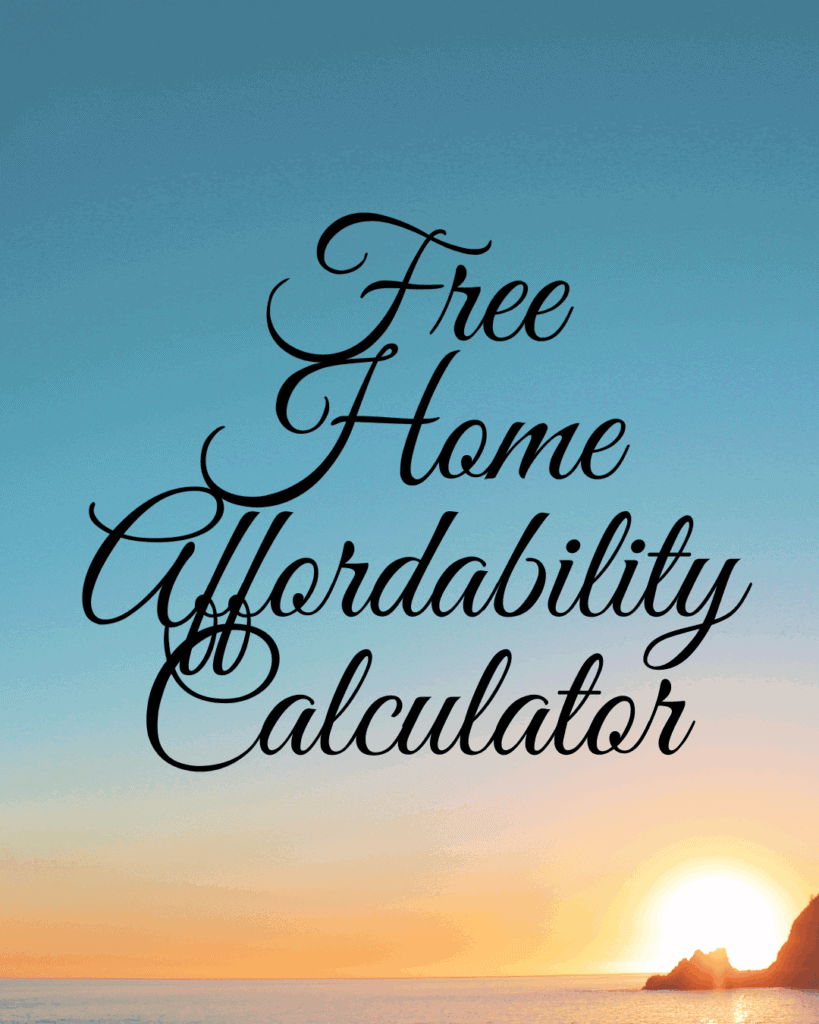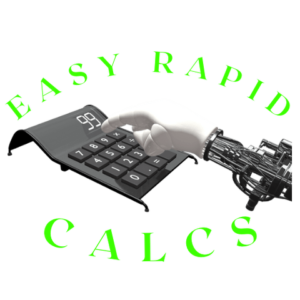Home Affordability Calculator
Free Home Affordability Calculator
An affordability calculator helps determine your ability to afford a home by taking into account key financial details, including income, debts and down payments. It enables you to establish an informed budget so that when speaking to lenders about loan applications you are well prepared and confident.

Add up your gross (pre-tax) annual income. Also consider expenses like property taxes, homeowner’s insurance premiums and HOA dues as expenses to consider in determining your estimated yearly net income.
Income
Income is one of the key determinants in home affordability. Mortgage payments and related homeownership expenses should not exceed 28% of gross annual income before taxes; this number may differ depending on debts and expenses that might need to be covered.
To determine your house price range, start by tallying all of your income sources – salary, wages, tips, investment earnings etc. Next add up all monthly expenses like car payments, credit card debts, child care costs and student loans before adding on expected housing expenses like mortgage payment, property tax payment insurance premiums (if applicable) and homeowners association fees ( if applicable).
These figures will allow you to calculate what you can afford. When reviewing the results, bear in mind that what seems affordable on paper may not feel so affordable in reality; for instance, if you anticipate incurring significant monthly debt payments in addition to mortgage payments.
If you plan to make a down payment, the calculator will consider this in addition to all of your expenses and debts. Furthermore, it helps explore how different purchase prices, interest rates and down payment amounts impact mortgage payments.
To ensure the most accurate picture, use the advanced view feature which enables you to include additional homeownership costs such as homeowners insurance and property taxes as well as private mortgage insurance when applicable. Furthermore, customizing default settings enables you to see how changes affect your housing budget; this way you’ll get a more precise estimate of what you can afford while making more informed decisions when buying your dream home.
Debt
A mortgage affordability calculator can help you assess what you can afford when purchasing a home, helping you establish a home-buying budget and evaluate various financial scenarios to ensure homeownership within your means. The calculator takes into account monthly debt payments, savings accounts and costs associated with mortgage financing as part of its calculations.

One of the key measures of home affordability is your debt-to-income ratio, which lenders take into account when reviewing an application for a mortgage loan. This ratio takes into account your monthly debt payments (such as car and student loans, credit card balances) along with housing expenses and any recurring liabilities such as student loan debt or credit card bills – typically it should not exceed 28% of total income.
Home affordability calculators take into account your desired mortgage term and interest rate, projected property taxes and homeowners insurance premiums as well as upfront costs like mortgage insurance or prepaid interest premiums. Depending on your financial circumstances, some government-backed loans offer lower down payment requirements or greater borrowing limits than conventional loans.
Keep in mind that results from mortgage affordability calculators only provide an estimate of what you can afford, which depends on assumptions made about your credit score, debts, income and other information provided by you. It’s best to discuss these results with one of Movement’s loan officers so they can break them down for you and explore specific mortgage financing options available to you – online preapproval processes allow for this and allow us to follow-up later with you directly!
Property Taxes
Property taxes can have a dramatic effect on home affordability. Annual fees based on assessed value vary widely by location. Furthermore, debt-to-income calculations used to qualify borrowers for mortgage loans include these fees when qualifying borrowers for financing; so homebuyers need to factor them into their budget when considering whether purchasing a house fits within it or not.
Local property tax rates depend on various variables specific to an area in which a home resides, including county budgets, school district budget votes and other variables such as neighborhood demographics. They can range anywhere from less than one month’s mortgage payment up to three to four times the cost of purchasing it – depending on who your lender is! Moreover, municipalities often reassess property values annually or periodically which has the potential of dramatically altering homeowners’ bills over time.
As such, homebuyers who fail to factor these expenses into their purchase decision could find themselves struggling financially and could encounter other pitfalls associated with homeownership. Many times these pitfalls can be avoided simply by understanding how property taxes work and creating proactive solutions to manage them effectively.
As property taxes can be an unpredictable expense, it is recommended that homebuyers include property tax calculations in their budget estimations along with mortgage payments when estimating how much of a house they can afford. Some localities require buyers to pay full year’s property tax payments at closing or establish an impound account to cover future property tax bills (these accounts often are included with the mortgage payment). Furthermore, homeowner’s insurance premiums tend to be included within total mortgage payment as well.
Utilities
Home affordability calculators help home buyers estimate their estimated mortgage costs, evaluate different financial scenarios and make informed budgeting decisions. It may also assist low-income residents plan homeownership within their means by showing how changes in credit scores, income or debt impact home affordability.

As many consumers know how much they’ve spent on groceries and home goods, utilities often slip through the cracks without notice – becoming an unexpected burden on finances for millions of Americans. According to statistics compiled from low-income household budgets, utilities comprise approximately 8 percent of expenditures.
Utility companies can collaborate with community partners to address energy affordability by providing targeted programs and educational materials directly to vulnerable households, or offering them time-of-use rates as a new way of paying. While results of such strategies vary, time-of-use rates have often led to significant savings for low-income households while simultaneously decreasing a utility’s costs to serve residential customers. By using this tool, customers can see how their bills will change under TOU rates as well as compare current bills with future TOU ones if one becomes available.
Down Payment
Determining how much home you can afford depends heavily on how much savings you have saved for a down payment. First-time home buyers often require assistance in meeting upfront mortgage costs; therefore it is wise to investigate available loan programs or grants that might help with these expenses.
Use our mortgage affordability calculator to compare various scenarios regarding how much money you have available up front and a down payment you are comfortable making, which may help determine whether to go for a larger down payment which may lower monthly mortgage payments and possibly negate PMI insurance costs. In addition, select an interest rate and loan term to see how they impact overall mortgage affordability.
Lenders also take debt into account when determining your creditworthiness and mortgage eligibility, so the home affordability calculator allows you to estimate the maximum purchase price you would qualify for as well as testing different debt-to-income ratios on how they affect mortgage options.
Consider factoring in costs such as property taxes and utility bills in order to get a clear picture of your total homeownership costs. Understanding this amount will give you an idea of how much house can fit comfortably within your budget, which you can then use when talking with mortgage loan officers and ensure they provide accurate assessments.
